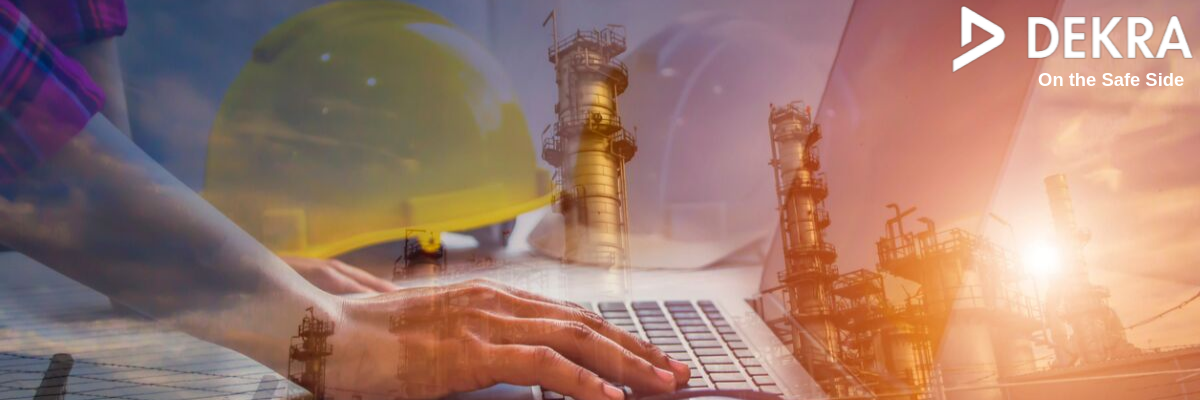Have you ever noticed a sign posted in a workplace stating, “this department has gone 365 days without an on-the-job injury” Would you assume that this is a really safe company? Or do you think there’s a catch behind the claim? Are they safe because they are doing the right things to prevent injury or are they lucky?
How does a reward system play into safety? Many organizations have a “pay for performance” system built into departmental or individual safety goals. Everyone likes to be recognized, and if there’s a little gift or monetary incentive along with that recognition, even better! But is a tangible reward the best way to incentivize employees to follow safety procedures? Not really.
According to Paul Angelo, Principal Consultant at DEKRA, rewarding workers for attaining zero injuries in a department during a specific time period can lead to under-reporting incidents just to get the reward.
If you think of recognition as an acknowledgement that you’ve worked safely, that can be justified and promoted within the organization. But when the recognition or reward becomes tangible or financial, the negative factor of underreporting comes into play. People do work hard for recognition - if you think of scouting, sports, even the military, the reward is a badge, ribbon, or other commemorative token that acknowledges accomplishment. Pride in an accomplishment is a reward, too.
However, cash rewards can have a detrimental effect on a safety incentive program. This type of reward incentivizes the outcome and can lead to underreporting of injuries. It can also result in a lack of knowledge about the injury causation factor if it is not reported. If an injury was reported, an investigation into the root cause of the injury would be launched and could prevent future instances from occurring. When the injury is “hidden” or not reported, there can be no investigation into the scenario that caused the accident, therefore allowing the possibility of it happening again.
Paul Angelo also states “Expressing progress in safety by a lessening injury rate is common in industry, but what we really want to do is shift the focus to preventing injuries in the first place. You really want to reward actions that reduce the possibility of getting hurt, not just rewarding not getting hurt.”
DEKRA Organizational Safety & Reliability has used this iceberg graphic to illustrate the concept – the peak of the iceberg is the injury rate and the larger bottom is the exposure to injury. Are they really reducing exposure? How do we reward actions that reduce the vulnerability of getting hurt? Ideally, organizations should reward worker actions that reduce exposure, not just reducing injury. Luck is a factor in this equation as well. In the prior example of so many days worked without injury – how can you determine if it was due to safe worker actions or luck?
As an example, if a child ran across the street with his eyes closed and didn’t get hurt, you wouldn’t want to reward that behavior. If the child looks both ways and follows the instruction of the crossing guard, you would want to reward that behavior. You don’t want to overemphasize the outcome (both children crossed safely); you do want to reduce the likelihood of getting hurt by rewarding actions that lead to appropriate behavior (looking both ways and following instructions).
Safety incentives should ideally be linked to actions taken to protect workers, reducing exposure and changing unsafe behaviors. These metrics can be more difficult to compile as compared with injury rates. But an absence of injury doesn’t mean you are safe – you could just be lucky.


